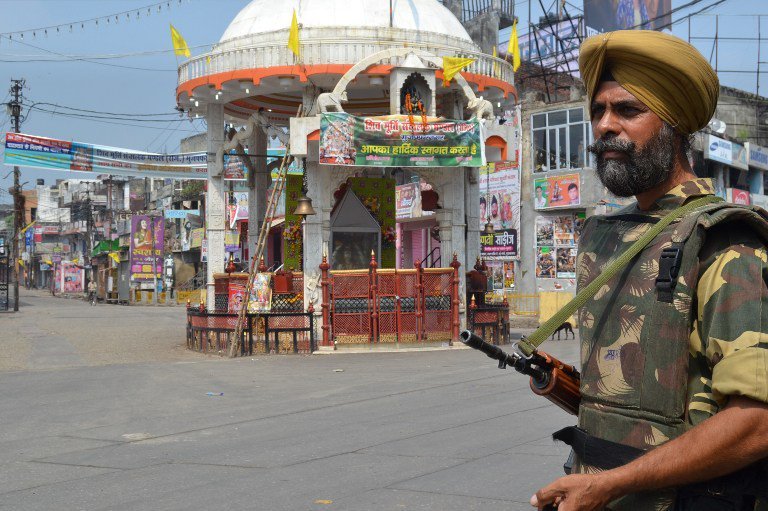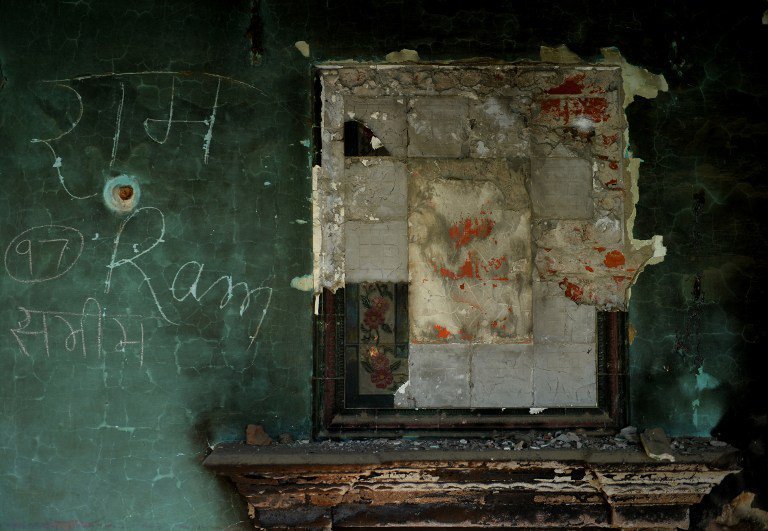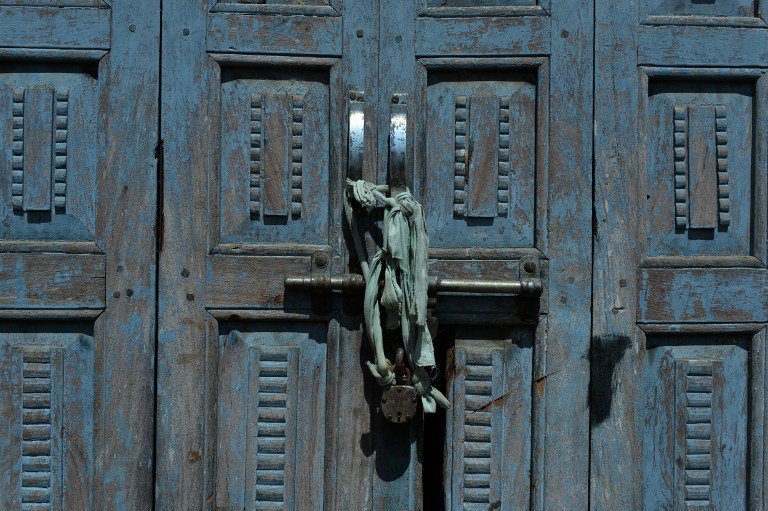FTII alumnus Nakul Singh Sawhney’s 136-minute documentary Muzaffarnagar Baaqi Hai has been creating waves since its trailer released on Youtube a year ago, and is constantly in news for all the wrong reasons.
Most recently, it emerged as the trigger for campus violence at Hyderabad Central University when two student wings clashed over its screening. Rohith Vemula, who was part of the group that tried to screen it, was later suspended by the university. He hanged himself to death.
And that is why grabbed the opportunity at the chance of watching it when an activist group ‘The Opposition” decided to screen it in New Delhi. Here’s what we thought of the movie:
The film is an analysis of the communal riots that tore through Shamli and Muzaffarnagar districts of Uttar Pradesh in August-September 2013. The riots – preceding the famous BJP victory in 2014 – left an estimated 100 dead and 50,000 displaced, majorly affecting the Muslims living in the area.
Shot almost entirely like a television news report, the film investigates the build-up to the riots with a focus on inflammatory poll speeches and, through audio-video versions of the affected, present a view that differs from government claims and media reports. The Supreme Court had found the Akhilesh Yadav-led Samajwadi Party guilty of negligence in preventing the violence, along with the then Congress government at the centre for its failure to alert the UP government in time.
The film largely blames the Bharatiya Janata Party (BJP) for the riots, even as the party’s student wing ABVP interrupts screenings of the film all over the country and has called for a ban on it.
However, the film starts with this assumption and that is precisely its problem if it wants to be seen as an independent, objective view. It suggests that the riots were really part of the BJP’s electoral campaign – planned, triggered end engineered by it. The BJP, which had won just 10 seats in the last two Lok Sabha elections from UP, went on to win 71 seats in 2014.
So, we have footage like that of a Vishwa Hindu Parishad secretary warning women against love jihad , to Amit Shah addressing a gathering of only members of the Hindu Jat community. There is a Modi Sena openly asking Hindus to wake up.
But what about the campaigning on the other side? What were the forces that mobilised the Muslim crowds? Blink and you’ll miss it in this film.

The film goes so far as to suggest a concerted campaign to heighten tensions in the area from about six months earlier, through newspaper clippings of Hindus killing Muslims or the other way round. But how do we know that communal incidents saw a surge in this period? The film just assumes there was one.
The director, who travelled to the western UP shortly after the riots, has interviewed survivors, local residents, journalists, local leaders and activists.
What unfolded in the riots is told largely through stories of Muslims who were victims of atrocities. Graphic first hand accounts of houses being burnt and bodies being chopped, and chilling visuals of vandalised properties and uprooted lives are aplenty.
Interestingly,only a few of the affected actually blamed political parties. They were more angry with the government and the police. But accompanying visuals, curiously, spoke of a Hindutva agenda behind the violence.
The film can’t be called propaganda, but it did feel close in bits. Like when text appears unexpectedly telling us how Narendra Modi, under whom the 2002 Gujarat riots took place, was controversially elevated as the BJP’s Prime Ministerial candidate and won. Not a word about the Congress in Centre or the Samajwadi Party in state – both of which can hardly claim to blameless in this case.

To be fair, ample screen time is given to the affected who make gut-wenching statements, like “Na hindu mara, na mussalman. Yahan sirf insaan mara hai”. Or when a group of young and old women admit that they are tired of carrying the “burden of honour” and that when it comes to eve teasing or molesting, Jat men are far worse than Muslims. There is also an interview with a local journalist, who minces no words and tells us that the state government alone is responsible for the riot, as it simply let the violence unfold to suit its interests.
As an account of the aftermath, the film is heartbreaking – it bluntly exposes the scars of a wounded city. It tears you apart when Muslims say their returning the greeting as “Jai Shree Ram” is the new certificate for patriotism, or when Jat women working in the fields talk about their Muslim friends and how they are gone.
But, the film never holds back from manipulation – factual or emotional – to make its point. Sadly, it doesn’t spare even children. Caught unawares, they are asked crude questions how their houses were burnt and they were taken out of school.
In the film’s very first scene, a child is shown drawing on a blank sheet the scene of rioters outside her home and the scared family. Towards the end, we are shown the new game children are now engaged in – playing dead in a grave.
But banning the film is not the answer

So, I had problems with the film, but not enough that it merits a ban. It fact, there was nothing in the 136 minutes for it to deserve this fate. It’s sad that the filmmaker toiled to bring to screen a certain viewpoint, but was never given a chance to actually present it. Unfortunately, this has left many assumptions unchallenged.
The call for a ban is a classic case of making something more popular than it otherwise would be. Post screening, the organisers echoed this: That they didn’t choose this movie for its merit or brilliance, but simply because it was banned.
Sadly, the government thinks the audience is so intellectually challenged that it can’t sift truth from half-truths or plain lies. The ABVP would do well by releasing its own view or provide a point-by-point rebuttal if it finds the film so wrong. Interruptions and beating up those opposing them simply isn’t doing them any good.

















